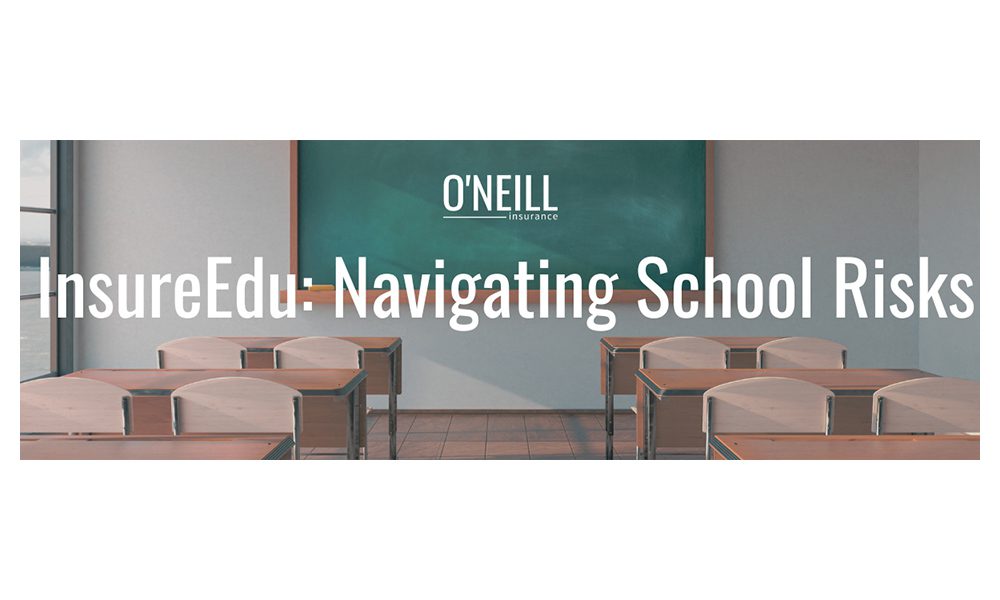
As the winter season approaches, it’s essential to take proactive measures to ensure the safety and well-being of everyone on your school property. Cold weather brings unique challenges, but with the right precautions, we can create a safe and comfortable environment for all.
Winterizing buildings is crucial to ensure that they remain warm, energy-efficient, and safe during the colder months. Here are some tips for winterizing your facilities.
1. Inspect and Seal Windows and Doors:
- Check for any gaps or cracks around windows and doors.
- Apply weatherstripping to seal gaps and prevent drafts.
- Consider using caulk to seal gaps in window frames.
2. Check and Maintain Heating Systems:
- Schedule a professional inspection of the heating system.
- Clean or replace filters regularly to maintain efficiency.
- Bleed radiators to ensure they are functioning properly.
3. Insulate Pipes:
- Insulate exposed pipes to prevent freezing and potential bursts.
- Pay special attention to pipes in unheated or poorly insulated areas.
- Consider using pipe insulation sleeves or wrapping pipes with heat tape.
4. Roof Inspection:
- Inspect the roof for any damaged or missing shingles.
- Clean gutters and downspouts to prevent ice dams.
- Trim overhanging branches that could pose a risk during snow or ice storms.
5. Maintain the HVAC System:
- Ensure that the HVAC system is clean and in good working condition.
- Check and clean air ducts to improve air circulation.
- Set the thermostat to a consistent temperature to avoid fluctuations.
6. Seal Foundation Cracks:
- Inspect the building’s foundation for cracks.
- Seal any cracks with an appropriate sealant to prevent cold air infiltration.
7. Install Storm Windows and Doors:
- Consider installing storm windows and doors for additional insulation.
- Storm windows can provide an extra layer of protection against cold temperatures.
8. Control Drafts:
- Use draft stoppers at the base of doors to prevent cold air from entering.
- Install door sweeps to seal gaps at the bottom of exterior doors.
9. Programmable Thermostats:
- Install programmable thermostats to optimize heating settings.
- Set the thermostat to lower temperatures during unoccupied hours.
10. Monitor Indoor Air Quality:
- Ensure proper ventilation to maintain good indoor air quality.
- Regularly check and replace air filters to optimize heating efficiency.
Winter Weather Preparedness and Response Guide
Winter Weather Precautions
1. Clear Pathways and Parking Lots:
- Keep walkways and pathways free of snow and ice.
- Use ice melt or sand on slippery surfaces to enhance traction.
- Regularly monitor and remove snow from parking lots to facilitate safe traffic flow.
2. Emergency Preparedness:
- Conduct winter safety drills to ensure everyone knows evacuation routes and emergency procedures. Have a plan in place for dealing with power outages or heating system failures.
- Have emergency supplies such as blankets, flashlights, and first aid kits readily available.
3. Communication:
- Establish a reliable communication system for weather-related updates and emergency notifications. Encourage staff, students, and parents to sign up for school alerts via text or email.
4. Dress Code Reminder:
- Encourage students and staff to dress warmly with layered clothing, hats, and gloves.
- Consider allowing more flexibility in the dress code during extremely cold days.
By taking these precautions, we can create a safe and comfortable environment for learning during the winter months. Let’s work together to ensure the well-being of your school community. Stay warm and stay safe!

